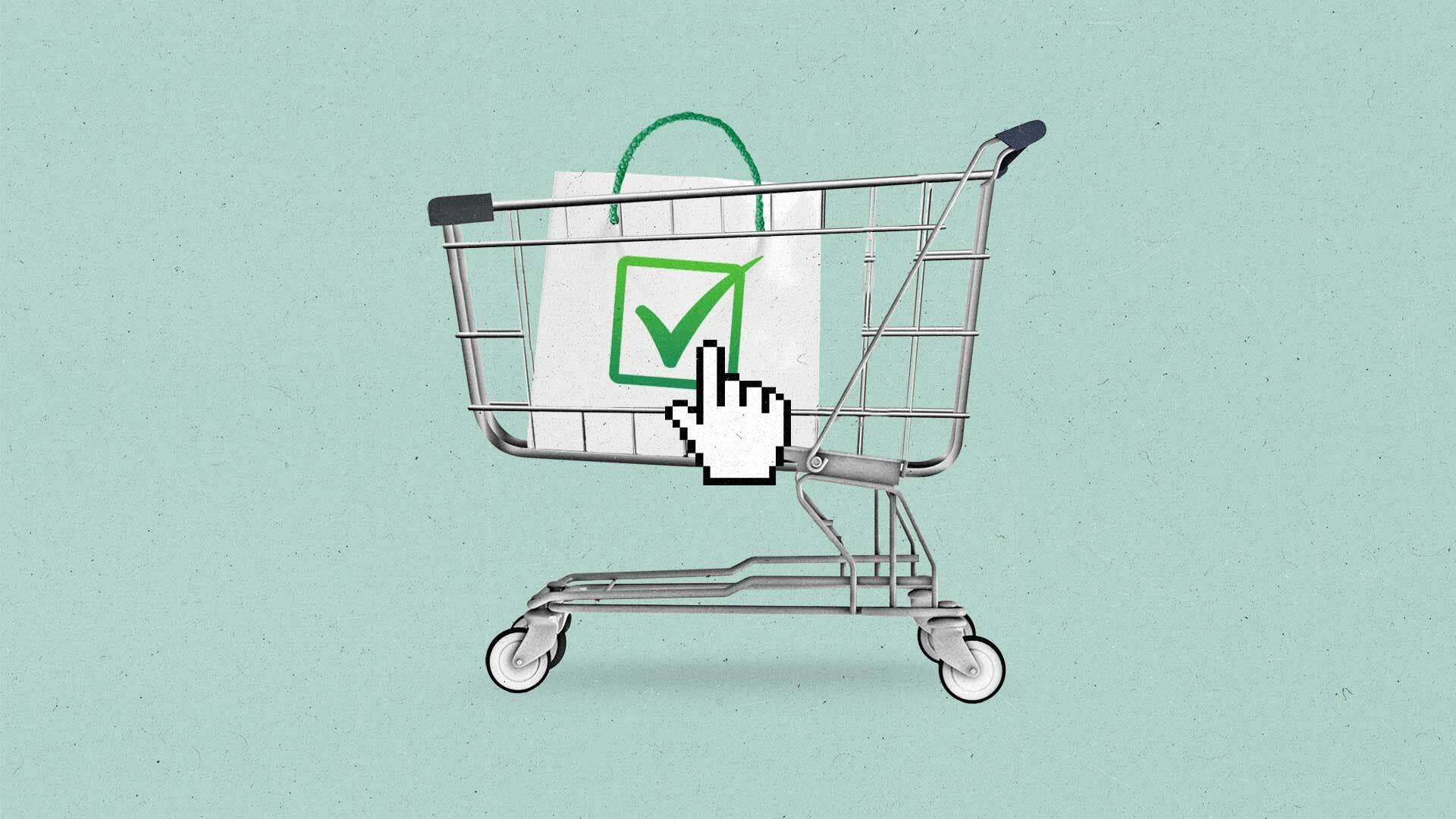Why retail media’s growth could change retail as you know it

Walking through supermarket aisles these days, it’s hard to miss the loyalty-program logos touting discounted prices.
It’s just one indication that retailers are prioritizing gathering customer data, whether in stores or online. And that data is a boon to retailers worldwide, from Walmart to Amazon to Tesco, which are all reporting significant growth in profits from their retail media arms.
That opportunity was top of mind for executives at the Financial Times’ Future of Retail conference in London this week. Two themes emerged: the importance of integrating loyalty programs more closely with the shopping experience and bolstering revenue to better compete with Amazon.
First things first
Loyalty programs are already ubiquitous, but they could soon become “smart” too.
For now, retailers are busy growing loyalty memberships, and in turn, their data. Shoppers, for their part, are happy to receive the discounts offered in exchange for their data amid persistently tough economic conditions, said several executives at the conference.
The most apparent benefit of retail data is improved targeting for advertisers, which means — ideally — more relevant ads for shoppers. Marketers can also see whether the ad dollars they’re investing are really generating sales.
“Especially in a space where [fast-moving consumer goods] brands have historically not had the luxury of understanding whether a sale is happening […] they're now looking at a world where retail data allows them to understand in real time whether their ad investment has actually driven a purchase,” said Lukas Fassbender, senior vice president of EMEA revenue at The Trade Desk, during the conference.
But this all may be just the start. What consultants at McKinsey call the “gold opportunity” for retailers is dipping into that retail data to offer “tailored promotions, member benefits, marketing and personalized customer journeys.” Through pilot programs, McKinsey has seen “a two to four percentage-point margin improvement on gross margin dollars.”
Speaking at the conference, Tesco CEO Ken Murphy offered a glimpse of that future. He mused that an AI-powered loyalty program could say, for example, “I've noticed over time, in your shopping basket, that your sodium content is 250% of your daily recommended allowance. I would recommend you substitute this, this and this for lower-sodium products to improve your heart health.”
Advertisers could then use the data from those AI recommendations to put forward hyper-targeted offers. We may not be quite there yet, but it’s likely something that retailers are already working toward.
“[Personalization] is the No. 1 thing to improve loyalty, to improve profitability, to improve relevance. And consumers want relevance,” said Mark Adams, senior vice president and general manager for EMEA at BigCommerce, during the conference.
Here’s what else
The growth of retail media could also heat up competition in a space dominated by Amazon. Retailers’ new revenue stream is unlocking cash for technology investments while giving advertisers more ways to reach shoppers online.
Amazon’s advertising revenue grew by double digits in the last quarter, but so did Walmart's and Target's.
Retail media’s margins — up to 90% for on-site media and up to 40% for off-site — can mean the difference between extra money to invest in new tech, like AI integrations and being left behind.
“The success of [Walmart’s] ad business justifies the expense associated with other innovations,” wrote Jeremy Goldman, an analyst at EMarketer. That seemed to confirm the report of Walmart CEO Doug McMillon, who said advertising was among the units “contributing, diversifying our profits and reinforcing the resilience of our business model” in a statement after the company’s latest earnings.
As the number of retail media players worldwide exceeds 200, aggregating their data and advertisers’ demand for their ad inventory could, finally, give retailers a playing field where they may better compete with Amazon.
“The opportunity for a retailer is to harness and look at their own data and partner with platforms like ours to expand their reach into the entire internet,” said Fassbender.
As retailers benefit from being more competitive, so can advertisers, thanks to more channels to reach shoppers online and innovations like shoppable connected TV ads.
“For the manufacturer or the brand, being able to put themselves higher up in front of a consumer is going to drive more sales and ultimately better performance. So, it's a win-win situation,” said Adams.
The Current is owned and operated by The Trade Desk Inc.
Subscribe to The Current
Subscribe to The Current newsletter